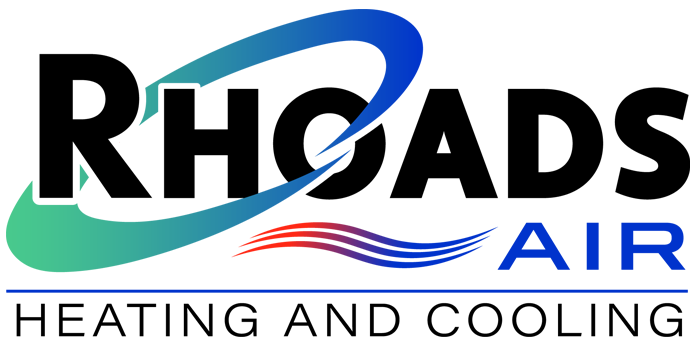Alternative Fuels: The Future is Here
Automobiles that run on alternative fuels are quieter, cheaper to operate and much better for the environment. So why haven’t they gained a foothold?
The fact is: they have. While the conventional wisdom seems to be that we’re always “a few years away” from vehicles that run on propane and compressed natural gas (CNG), the reality is that they’ve already arrived:
- Hempfield School District rolled out a new fleet of buses in the fall of 2014, and several other districts in our region are actively exploring converting their fleets to propane. Today, 19 of the top 25 school bus markets in the U.S. have at least some propane-powered buses.
- Fleet operators (including Rhoads Energy) have leveraged state grants to help cover a portion of the costs to convert hundreds of vehicles to propane fuel.
- Fleets large and small in our region have begun to adopt compressed natural gas (CNG) as a fuel source. Just one example: C. McQuaide, Inc., the Johnstown logistics company, will be fueling their fleet at new CNG pumps in Fredericksburg, PA.
- Today, one of every five new transit buses in America is fueled by natural gas.
So, after many years of fits and starts, the time for alternative fuels has arrived. Propane and CNG have gained significant momentum and all signs point to an even steeper growth curve in the near future. Why? Because the advantages have simply become too great to ignore.
First, alternative fuels present eye-popping cost savings. Propane school buses can save districts (that is, taxpayers) millions in fuel costs. Hempfield alone estimated it would save nearly $2 million in fuel costs over five years — money that can be spent on educating students. CNG also offers dramatic savings. Today, diesel fuel costs around $3/gallon, while the equivalent cost for compressed natural gas is just over $2/gallon. A bottom-line example: if a typical fleet converts 5 trucks, it will realize an annual fuel savings of around $50,000.
Alternative fuels also represent a huge win for the environment and, in turn, public health. CNG reduces carbon monoxide emissions by up to 75% and particulate matter emissions by up to 95%. Propane buses also reduce smog-producing hydrocarbon emissions by 80% and are 50% quieter than traditional buses.
Where do we go from here? Both the private and public sectors should build on the recent progress of alternative-fueled vehicles. First, we all need to educate ourselves. Operators of large and small vehicle fleets should be weighing the advantages of converting to alternative fuels — and conversely calculating the costs of maintaining their gasoline/diesel status quo.
Second, we need to continue to build out the infrastructure for propane and natural gas fueling so fleet operators have viable options. There’s evidence this is already happening. Currently, there are 29 publicly available CNG fueling stations in Pennsylvania, including one operated by Rhoads Energy. But that number is set to expand dramatically, with more private companies partnering with fleets to plan new CNG locations. In addition, PennDOT last year sought bids to build 37 CNG stations at public transit agencies that could also be available to the public.
Finally, we all need to embrace innovation and identify new ways to drive this trend forward. One example: propane is an ideal fuel for commercial lawn mowers. It’s quieter, cheaper, and results in lower maintenance costs over time.
If there are any fleet operators still waiting for the alternative fuels revolution to arrive, realize that your wait is over. The next 10 years will bring exciting changes as our vehicle fleets evolve — changes that will drive down costs, improve air quality and give fleet operators flexibility and choice.

